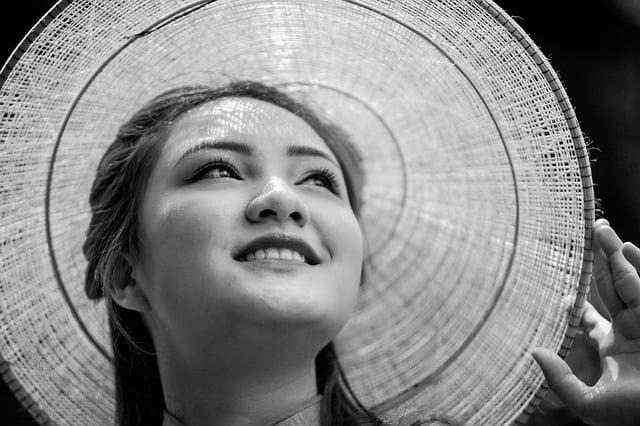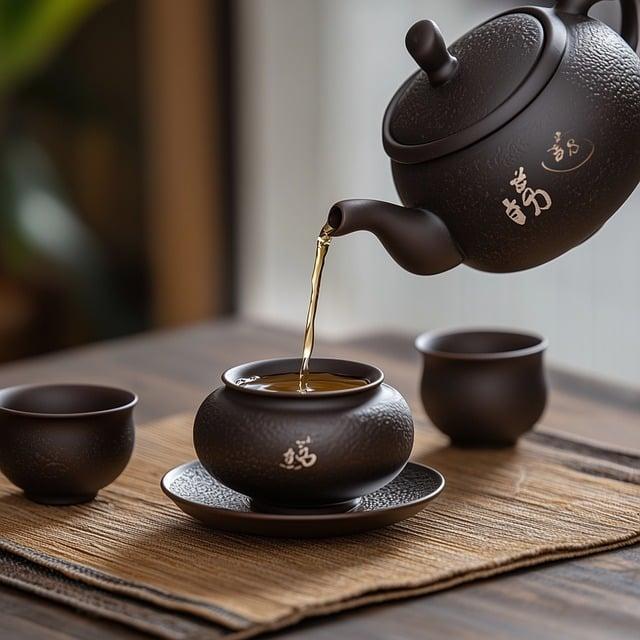In a bustling Asian city, Christmas lights twinkled alongside lanterns, blending traditions. Mei, a young artist, decided to celebrate both. She painted a mural of a Christmas tree adorned with cherry blossoms, symbolizing hope and renewal. Her neighbors, intrigued, joined in. They shared steaming bowls of noodles and sweet rice cakes, laughter echoing through the streets. As night fell, they lit candles, creating a warm glow. In that moment, cultures intertwined, proving that love and joy know no boundaries, even on Christmas.
Table of Contents
- Exploring Diverse Traditions: How Different Asian Cultures Celebrate Christmas
- Culinary Delights: Festive Foods and Treats Across Asia During the Holiday Season
- Community and Connection: The Role of Family and Friends in Asian Christmas Celebrations
- Modern Adaptations: Blending Traditional Practices with Contemporary Festivities
- Q&A

Exploring Diverse Traditions: How Different Asian Cultures Celebrate Christmas
Christmas in Asia is a vibrant tapestry woven from diverse cultural threads, each country adding its unique flair to the celebration. In the Philippines, the holiday season kicks off as early as September, with the famous “Simbang Gabi,” a series of dawn masses leading up to Christmas Day. Streets are adorned with colorful parols, star-shaped lanterns that symbolize the Star of Bethlehem. Meanwhile, in Japan, Christmas is celebrated more as a festive occasion than a religious one, with families indulging in a traditional feast of fried chicken, often from KFC, and sharing a delightful strawberry shortcake for dessert. The emphasis is on joy and togetherness, with many people exchanging gifts and enjoying illuminations in public spaces.
In South Korea, Christmas is recognized as a public holiday, blending both secular and religious elements. Many attend church services, while others partake in festive activities such as ice skating and visiting Christmas markets. The holiday is also a time for couples to celebrate their love, often exchanging gifts and enjoying romantic dinners. In contrast, countries like Vietnam incorporate local customs into their Christmas festivities, where families gather to celebrate with special meals and decorations, often featuring a blend of traditional Vietnamese elements alongside Western influences. This rich diversity showcases how Christmas is embraced across Asia, reflecting a beautiful fusion of cultural practices and modern celebrations.

Culinary Delights: Festive Foods and Treats Across Asia During the Holiday Season
As the holiday season approaches, the vibrant tapestry of Asian cultures comes alive with a myriad of festive foods and treats that reflect both tradition and innovation. In the Philippines, the Christmas season is marked by the delightful noche buena, a midnight feast featuring dishes like lechón (roast pig), hamón (sweet ham), and bibingka (rice cake). Meanwhile, in Japan, Christmas is celebrated with a unique twist, where families indulge in fried chicken from KFC, a tradition that has become a quirky symbol of the holiday. Sweet treats like Christmas cake, a light sponge cake adorned with strawberries and whipped cream, are also a must-have, embodying the festive spirit of the season.
In South Korea, the holiday is often celebrated with a blend of Western and traditional flavors. Families gather to enjoy tteokguk, a soup made with rice cakes that symbolizes the new year and the hope for prosperity. In contrast, in India, particularly among Christians, the festive table is adorned with an array of sweets such as plum cake and kulkuls, a fried pastry coated in sugar. Each region brings its own unique flair, showcasing a delightful assortment of flavors and textures that not only satisfy the palate but also strengthen the bonds of family and community during this joyous time of year.

Community and Connection: The Role of Family and Friends in Asian Christmas Celebrations
In many Asian cultures, Christmas transcends its religious origins, evolving into a vibrant celebration of community and connection. Families gather to share meals that blend traditional dishes with festive treats, creating a unique culinary experience that reflects their heritage. **Gift-giving** is often a cherished tradition, symbolizing love and appreciation among family members and friends. The act of exchanging gifts fosters a sense of togetherness, reinforcing bonds that may have been strained throughout the year. Additionally, **decorating homes** with lights and ornaments becomes a collective activity, where everyone contributes to the festive atmosphere, making the experience even more special.
Friends also play a pivotal role in these celebrations, often joining families for festive gatherings. **Social events**, such as parties and community fairs, are common, where people come together to enjoy music, dance, and cultural performances. These gatherings not only strengthen friendships but also promote a sense of belonging within the community. In some regions, **charitable acts** are emphasized during this season, with families and friends coming together to support those in need, further highlighting the spirit of unity and compassion that characterizes the holiday. Through these shared experiences, the essence of Christmas in many Asian cultures is deeply rooted in the connections that bind individuals together, creating lasting memories and a sense of joy.

Modern Adaptations: Blending Traditional Practices with Contemporary Festivities
Across Asia, the celebration of Christmas has evolved into a vibrant tapestry that intertwines traditional customs with modern festivities. In countries like the Philippines, the holiday season kicks off with the iconic “Simbang Gabi,” a series of dawn masses leading up to Christmas Day. This practice, steeped in Catholic tradition, is often accompanied by the delightful aroma of puto bumbong and bibingka, traditional rice cakes that warm the hearts of early risers. Meanwhile, in Japan, Christmas has taken on a unique flair, where couples celebrate with romantic dinners and the iconic KFC meal, a quirky tradition that has become a symbol of the holiday. The fusion of these practices showcases how deeply rooted customs can adapt to contemporary influences, creating a festive atmosphere that resonates with both the past and the present.
In urban centers across Asia, the influence of globalization has further transformed Christmas celebrations. Cities like Seoul and Hong Kong are adorned with dazzling lights and elaborate decorations, drawing inspiration from Western traditions while incorporating local elements. Festive markets pop up, offering a blend of Asian delicacies and Western treats, creating a culinary experience that reflects the region’s diversity. Families gather to exchange gifts, often blending traditional items with modern gadgets, symbolizing the merging of old and new. This harmonious blend not only enriches the holiday experience but also fosters a sense of community, as people from various backgrounds come together to celebrate the spirit of joy and giving that Christmas embodies.
Q&A
-
Do Asians celebrate Christmas?
Yes, many Asians celebrate Christmas, especially in countries with significant Christian populations, such as the Philippines and South Korea. In these regions, Christmas is often a major holiday filled with festive traditions.
-
What are common Christmas traditions among Asians?
Traditions can vary widely, but some common practices include:
- Attending church services
- Decorating homes with lights and Christmas trees
- Sharing festive meals with family and friends
- Exchanging gifts
-
Is Christmas a public holiday in Asian countries?
Christmas is a public holiday in some Asian countries, like the Philippines, where it is celebrated extensively. However, in predominantly non-Christian countries, it may not be recognized as a public holiday.
-
How do non-Christian Asians view Christmas?
For many non-Christian Asians, Christmas may be seen as a cultural event rather than a religious one. They might participate in festivities, enjoy the holiday spirit, and engage in social gatherings without religious connotations.
As the holiday season unfolds, the diverse ways Asians celebrate Christmas remind us that joy knows no boundaries. Whether through family gatherings, cultural traditions, or festive feasts, these unique practices enrich the global tapestry of holiday cheer.

大家好,我是彼得潘,專業的手法身體治療師。我喜歡探索和研究各種主題,並透過與人工智慧的合作分享專業、實用、有趣的文章。我們定期進行人工審核,以確保內容的準確性。如果您發現文章中有任何不準確的地方,請隨時與我們聯繫,我們會及時糾正。您可以透過 [email protected] 與我們聯繫。



